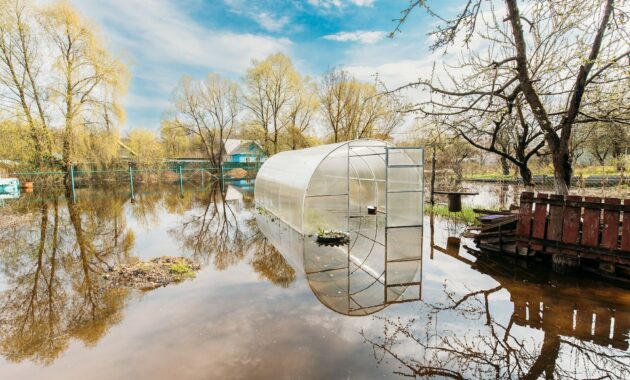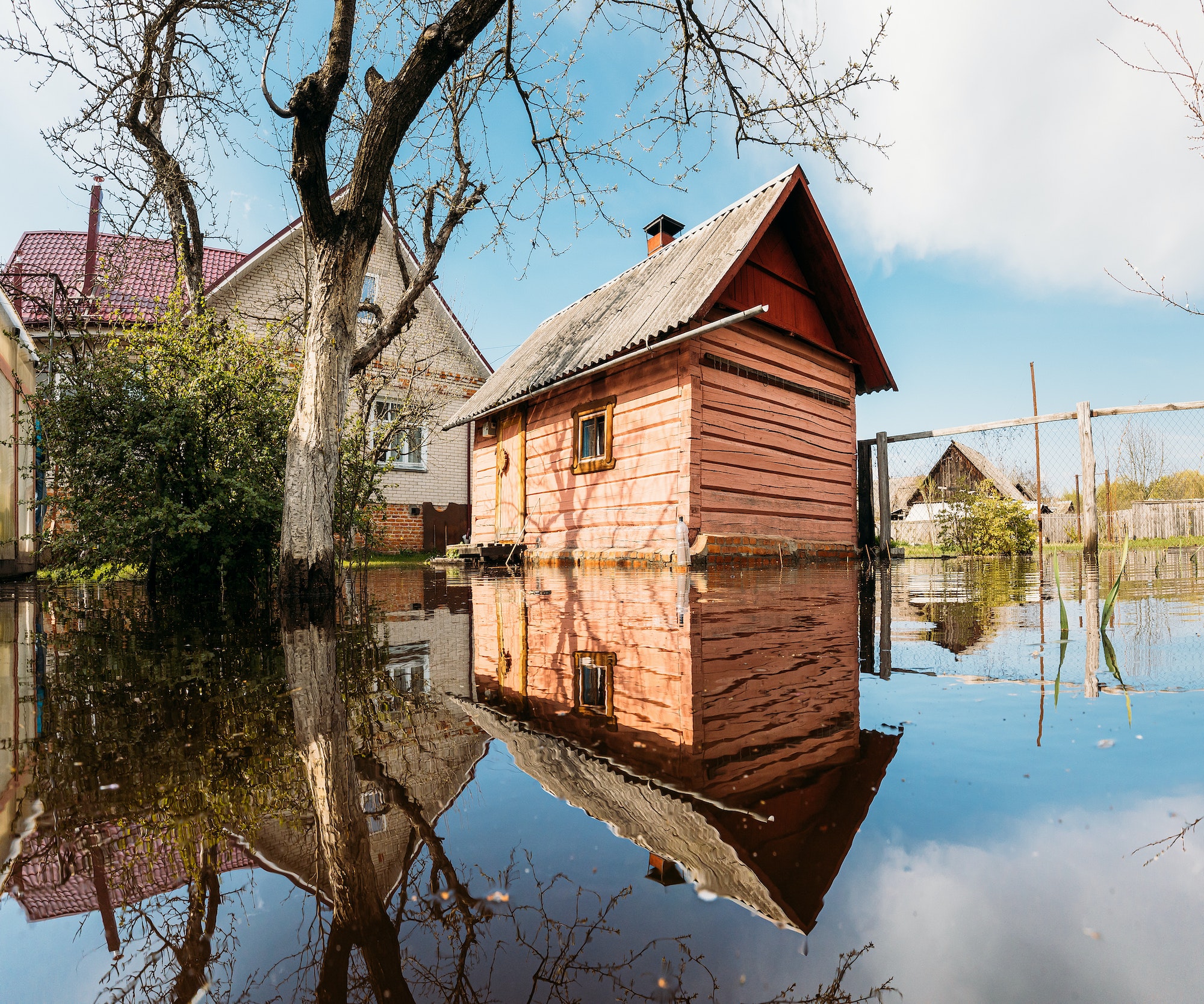If you have ever experienced a flood in your home, you know just how devastating it can be. Water can damage floors, walls, furniture, and even electrical appliances. In the aftermath of a flood, it is important to take the necessary steps to dry out and repair your home as quickly as possible. Here are six tips to help you get started.
1. Focus On The Damages To Your Walls And Floors First
When it comes to repairing flood damage in your home, it is important to focus on the damage to your walls and floors first. These are the areas of your home that are most likely to be affected by water damage. Use fans and dehumidifiers to dry out these areas as quickly as possible. Additionally, if the damages are too extensive, you can contact Tweed Head flood restoration services to get a professional’s opinion and expertise. Flood damages, such as soaked carpets or warped floors, can be very costly to repair and may even require replacement. Smaller damages, such as water stains, can often be fixed with a little elbow grease and the right cleaning supplies.
2. Remove All Wet And Damaged Items From Your Home
Once you have dried out the wet areas of your home, it is time to remove all of the wet and damaged items from your home. These items can include carpets, furniture, clothing, and even electronics. If possible, try to salvage any items that can be cleaned and repaired. However, if an item is beyond repair or cleaning, it is best to just throw it away. Keeping damaged items in your home will only prolong the repairs and increase the chance of mold and mildew growth.
3. Clean And Disinfect Everything In Your Home
After you have removed all of the damaged items from your home, it is time to start cleaning and disinfecting everything in your home. This includes all surfaces, such as countertops, floors, walls, and ceilings. Use a mixture of bleach and water to clean and disinfect these areas. Be sure to wear gloves and a mask when doing this to protect yourself from the fumes. Additionally, you will want to wash all of your bedding, clothing, and towels in hot water to kill any mold or mildew that may be present.
4. Inspect Your Home For Mold And Mildew
Once you have cleaned and disinfected your home, it is important to inspect it for mold and mildew. These can often be found in dark, damp places, such as in the basement or closets. If you find mold or mildew in your home, you will need to remove it immediately. This can often be done with a mixture of bleach and water. However, if the mold or mildew is extensive, you may need to hire a professional to remove it.
5. Repair Any Damaged Appliances
If any of your appliances were damaged in the flood, it is important to have them repaired as soon as possible. This includes your washing machine, dryer, refrigerator, and dishwasher. These appliances can often be repaired by a professional. However, if they are too damaged, you may need to replace them entirely. And, once you have repaired the damages to your home, it is important to check for any electrical damage. This includes checking your outlets, switches, and circuit breaker. If you find any damage, it is important to have it repaired by a professional electrician.
6. Secure Your House Against Future Flooding
After you have repaired the damage to your home, it is important to take steps to prevent future flooding. This includes installing a sump pump in your basement and making sure that your gutters and downspouts are clear of debris. Additionally, you may want to consider purchasing flood insurance. This can help protect you financially in the event of another flood. Steps, such as these, can help reduce the chance of your home being damaged in a future flood.

Floods can be very damaging to your home and belongings. However, by taking the necessary steps to repair the damage, you can help minimize the long-term effects. Be sure to focus on the damage to your walls and floors first, remove all wet and damaged items from your home, and clean and disinfect everything in your home. Additionally, be sure to inspect your home for mold and mildew and repair any damaged appliances. And, finally, check for any electrical damage. By taking these steps, you can help ensure that your home is restored to its original condition.
Discover more from Futurist Architecture
Subscribe to get the latest posts sent to your email.



